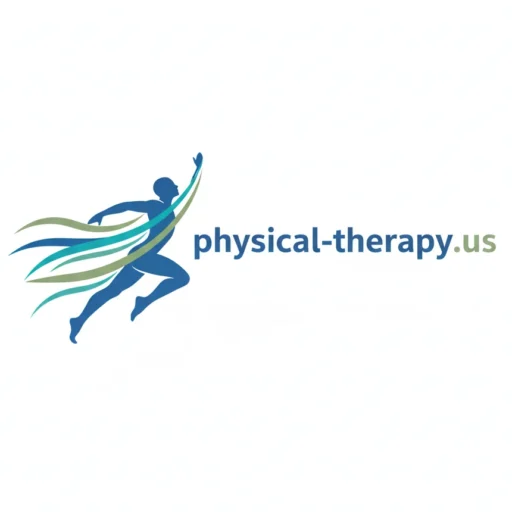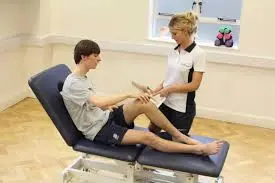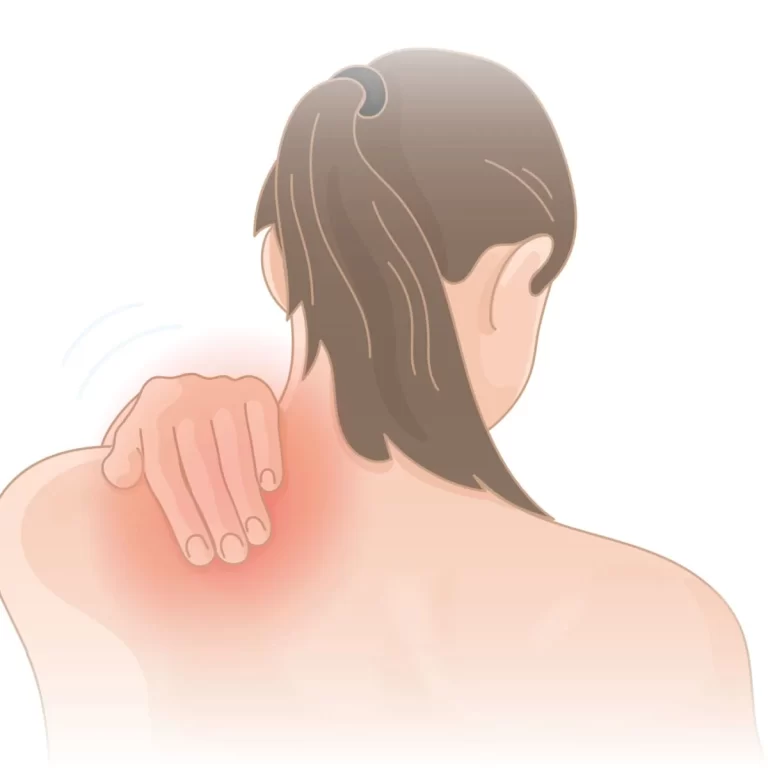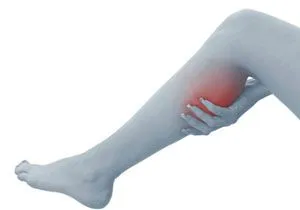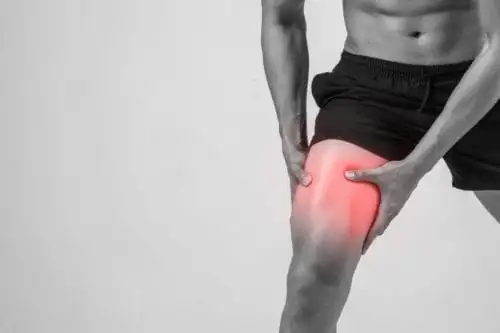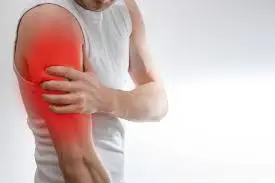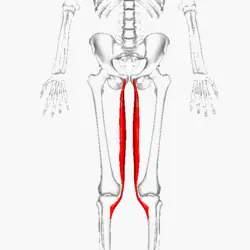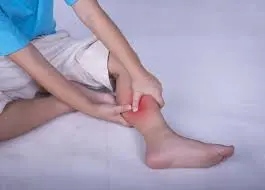Pectineus Muscle Pain
Pectineus muscle pain is suggested when you have tingling, weakness, or numbness in the groin or leg along with groin or upper thigh pain.The pop/snapping sound is also audible with this muscular soreness. What is the pectineus muscle pain? Pectineus Muscle Pain occurs due to strain, overuse, or sudden movements affecting the upper inner thigh….
